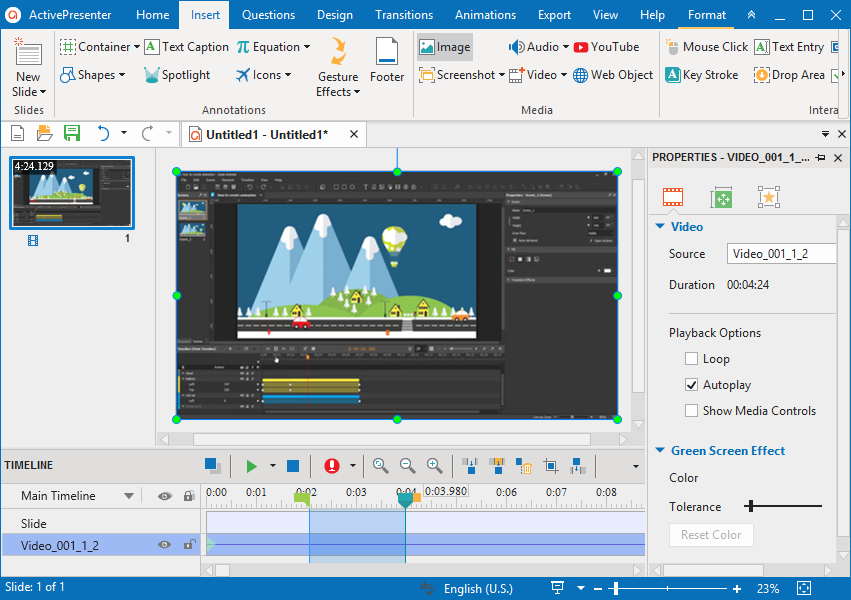

- #WHICH APP PROVIDES TOOLS FOR CUSTOMIZING THE MAC INTERFACE BLUETOOTH#
- #WHICH APP PROVIDES TOOLS FOR CUSTOMIZING THE MAC INTERFACE WINDOWS#
Although help is app-specific, it has a dedicated, well-known menu of its own. List help menu items in the Help menu, not the app menu. People expect to find app-level preferences in the app menu. Provide document-specific preferences in the File menu, not the app menu. Use a separator to isolate these from other app-specific menu items. Group the Preferences item with other setting and configuration menu items. In general, make Preferences the first app-specific menu item.Ĭreate logical groupings of app-specific menu items. Include a separator after the About menu item so that it appears by itself in a group.ĭisplay the Preferences menu item above other app-specific menu items.

Version information belongs in the About window, not in your app’s menu titles.ĭisplay the About menu item first. If you supply a short app name for the title of the app menu, use the same name in the About, Hide, and Quit menu item titles.ĭon’t include a version number with your app name. Use the same app name in menu item titles. A short app name leaves more room for other menus and helps avoid possible truncation. Prefer a short, single-word app name of 16 characters or fewer in the app menu title. Pressing Option changes Quit YourAppName to Quit and Keep Windows.
#WHICH APP PROVIDES TOOLS FOR CUSTOMIZING THE MAC INTERFACE WINDOWS#
Shows all other open apps and their windows behind your app’s windows. Hides all other open apps and their windows. Hides your app and all of its windows, and then activates the most recently used app. For guidance, see Preferences.ĭisplays a submenu of services from the system and other apps that apply to the current context. Opens the preferences window for your app if it has one. Menu itemĭisplays the About window for your app, which includes copyright and version information. The app menu typically contains the following top-level menu items, listed in the following order. To help people quickly identify the active app, the app menu displays your app name in bold. The app menu includes menu items that apply to your app as a whole, rather than a specific document or window. To ensure that menus remain readable, the system may decrease the space between the titles, truncating them if necessary. When menu bar space is constrained, the system prioritizes the display of menu bar menus, as well as essential menu bar extras, such as Clock.
#WHICH APP PROVIDES TOOLS FOR CUSTOMIZING THE MAC INTERFACE BLUETOOTH#
For example, people can include the system-provided Bluetooth menu bar extra to help them manage Bluetooth connections at any time. A menu bar extra provides a menu of app-specific or system-defined items that people can access in most contexts. Space permitting, the system can display menu bar extras in the trailing end of the menu bar.

When present, the following menus appear after the Apple menu in the order listed below: You can’t modify or remove the Apple menu. The Apple menu - which is always the first item on the leading side of the menu bar - includes system-defined menu items that are always available. For guidance, see Menu and Menu Item Titles. People use your menu bar menus to navigate your app and learn what it does, so it’s important to provide a consistent, predictable experience. Minimizing app-specific keyboard shortcuts also helps avoid potential conflicts with other system-wide keyboard shortcuts that may be in place.įollow best practices for titling and enabling menus and menu items. It’s hard for people to remember shortcuts for commands they don’t often use. People expect to use the keyboard shortcuts they already know for standard menu items, such as Copy, Cut, Paste, Save, and Print.ĭefine new keyboard shortcuts only for custom menu items that people use frequently. One-word menu titles work especially well in the menu bar because they take little space and are easy for people to scan.Įnable the keyboard shortcuts defined for the standard menu items you include. Various factors - such as different screen sizes and the presence of menu bar extras - can affect the spacing and appearance of your menu bar menus. For example, when people select text in a standard text field, the system enables the Edit > Copy menu item.

In many cases, the system implements the behavior and functionality of standard menu items. People generally expect to find familiar menus and menu items in the apps they use. Menu-bar text can be light or dark, depending on the current desktop appearance.Įnable the system-defined menus and menu items that are relevant in your app. The menu bar and its menus automatically use vibrancy, which makes foreground content stand out against any background. Top-level menus typically include both system-provided menus and custom ones. The menu bar at the top of the screen displays the top-level menus in your app.


 0 kommentar(er)
0 kommentar(er)
